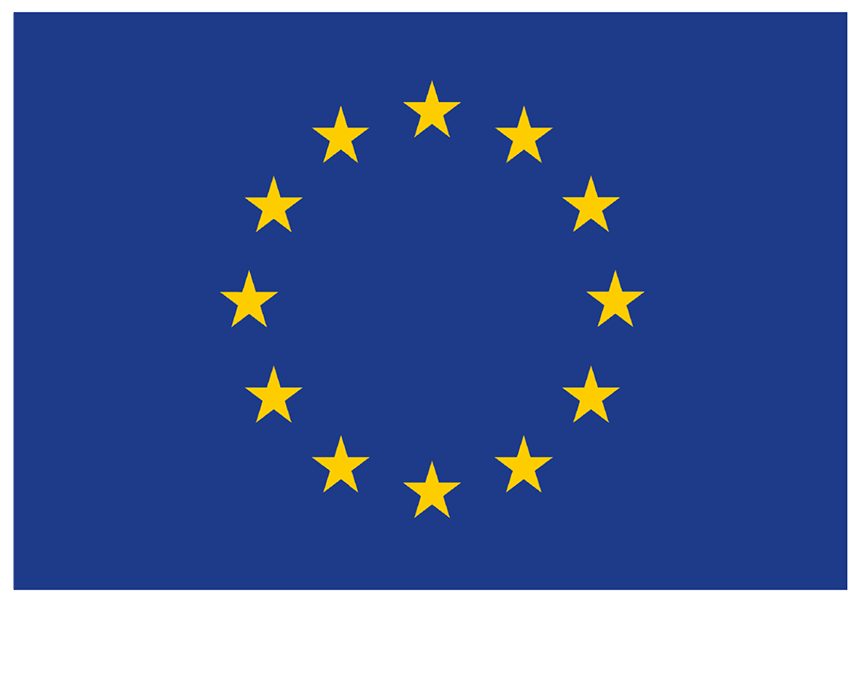Success Stories

Switzerland
Switzerland has one of the world’s most efficient WEEE management systems, built on a strong legal framework, producer responsibility, and advanced recycling technologies.
Key Success Factors
✔ Extended Producer Responsibility (EPR): Electronics manufacturers and importers finance collection and recycling programs.
✔ Nationwide Collection Network: Over 600 drop-off points make it easy for citizens to recycle.
✔ High Recycling Rate: 95% of e-waste is properly collected and processed.
✔ Public Awareness Campaigns: Citizens are actively engaged in responsible disposal.
Impact & Results
- 95% WEEE Collection Rate – One of the highest in the world.
- Advanced Material Recovery – Efficient extraction of precious metals from e-waste.
- Reduced Landfill Waste – Strict regulations prevent illegal disposal.
Lessons Learned
Switzerland’s EPR model and consumer participation strategies can serve as a blueprint for Arab countries looking to enhance WEEE collection and recycling.
Norway
Overview
Norway has one of the best WEEE management frameworks in Europe, with a strong focus on regulatory compliance and financial incentives.
Key Success Factors
✔ Strict Legal Framework: Producers are legally obligated to take back used electronics for recycling.
✔ Deposit-Refund System: Consumers pay an eco-tax on new electronics, which is refunded upon returning old devices.
✔ Government-Industry Collaboration: The private sector plays a key role in operating recycling plants.
Impact & Results
- 85% WEEE Collection Rate – High public participation in recycling programs.
- Strong Producer Compliance – Companies must comply with strict recycling quotas.
- Financial Sustainability – The system is self-funded through producer contributions.
Lessons Learned
Arab countries could adopt an eco-tax system to provide funding for WEEE recycling while engaging consumers in the process.


Sweden
Overview
Sweden’s WEEE management is integrated into its circular economy model, prioritizing reuse, material recovery, and sustainable business practices.
Key Success Factors
✔ Circular Economy Approach: Electronics manufacturers design products for long-term use and repairability.
✔ Retailer Take-Back Programs: Stores are legally required to accept old electronics when selling new ones.
✔ Consumer Awareness Initiatives: Citizens are educated on reducing e-waste through reuse and donation programs.
Impact & Results
- 80% WEEE Collection Rate – Consistently high recycling performance.
- Growth in Refurbished Electronics Market – Extending product lifespans reduces e-waste generation.
- Material Recovery Efficiency: Effective recycling technologies extract valuable metals from discarded electronics.
Lessons Learned
Sweden’s reuse-focused strategies can help Arab countries reduce e-waste generation while creating new economic opportunities in refurbished electronics.
Denmark
Key Success Factors
✔ Strong Government Incentives: The government provides tax breaks for businesses investing in e-waste recycling.
✔ Investment in Advanced Technologies: Robotic sorting systems improve material recovery efficiency.
✔ Collaboration with Universities: Research institutions help develop innovative recycling methods.
Impact & Results
- High E-Waste Recycling Rate – Over 80% of collected WEEE is processed.
- Tech-Driven Recycling Efficiency – Robotics and AI improve sorting accuracy.
- Sustainable Business Growth – New investments in e-waste facilities create green jobs.
Lessons Learned
Denmark’s technology-driven approach can inspire Arab countries to invest in smart recycling infrastructure to boost efficiency.




